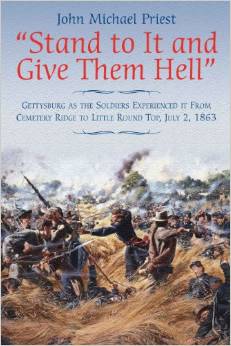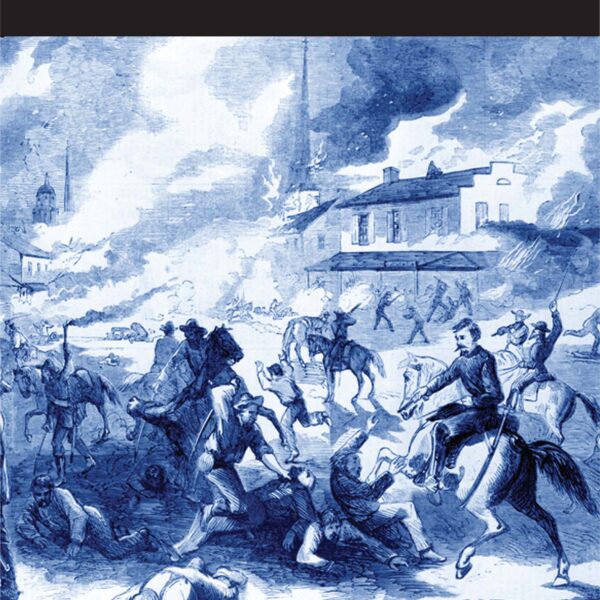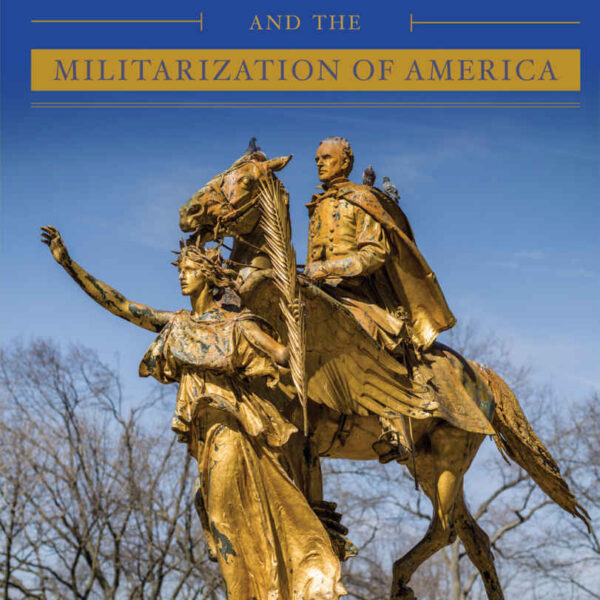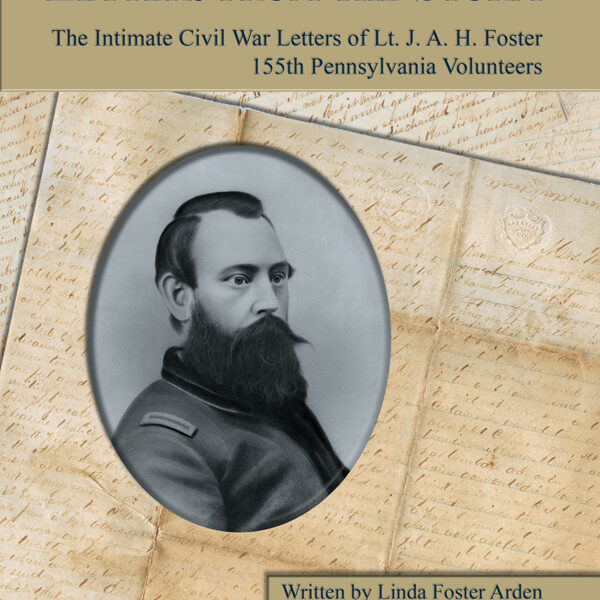Philip Gerard’s The Last Battleground: The Civil War Comes to North Carolina originated as an extensive series of articles in Our State: Celebrating North Carolina magazine commemorating the Civil War’s sesquicentennial. There is a sense of inquisitiveness that runs through the book, stemming from the fact that the author is not a trained historian. As an accomplished creative writer, Gerard tries to bring the reader along on his journey—in some cases retracing his steps—to learn about some of the lives touched by the Civil War in North Carolina. Gerard uses the present tense to immerse the reader in the tribulations and triumphs, confusion and contingency of war. He approaches the subject without “the settled perspective of an expert writing with perfect hindsight” while also “using only the knowledge of the time…when all issues remained in doubt, and they endured a true and terrible suspense” (ix). The strengths and weaknesses of The Last Battleground stem from that inherent tension: an attempt to immerse the reader in the war years without the knowledge an expert brings to the subject.
A native of Delaware, Gerard now resides in Wilmington, a place of critical importance to North Carolina and the Confederacy during the Civil War. Perhaps unsurprisingly, then, roughly a quarter of the book’s chapters deal with Wilmington and the Cape Fear region—especially issues involving blockade running and Fort Fisher. Escaping African American enslaved persons and their organization of new communities around New Bern, conflicted whites in the Quaker Belt and mountains, the Shelton Laurel Massacre in Madison County, and other stories add diversity to the book’s geographic and topical subjects. Many of these stories are familiar to seasoned readers.
Therein lays one of the most troubling elements of The Last Battleground. Yes, the author comes at the material with new eyes, but that also means that he lacks the contextual knowledge necessary to situate events in a larger historical picture. While all authors make mistakes—most certainly myself included—the errors in this book can be distracting. For example, Gerard identifies Augustus Merrimon as chief justice of North Carolina’s Supreme Court as he investigated the Shelton Laurel massacre in 1863, but Merrimon was solicitor of the 8th District at the time (89). Richmond Pearson, who battled the Confederate Conscription Act, was North Carolina’s chief justice from 1858 until 1878. Given Pearson’s significant role in stoking resistance to Confederate central authority, it is odd that Gerard fails to mention him at all.
The author’s depictions of Zebulon Vance’s time commanding the 26th North Carolina Infantry Regiment are, at best, exaggerated. Gerard argues that Vance swam across the river “in typical heroic fashion” to secure horses for his men following his first taste of combat near New Bern in the spring of 1862 (21). Vance almost drowned on that swim as his horse fell two or three times, and by the time he returned with the boats, his subordinate, Henry King Burgwyn, Jr., had already located boats and the regiment’s retreat was well underway. Gerard writes that at Malvern Hill, “Vance leads his men into the withering fire of Federal guns…He makes it to within a stone’s throw of the cannon’s mouth before being forced back.” Vance and his men arrived on the field late in the day and, while true that one company charged to within one hundred yards of the Union line, the attack was not deliberate. Far from a grand and heroic charge, as implied in Gerard’s brief sketch of the battle, the company’s charge was actually a mistake. Confusion—not Vance’s “unflinching leadership”—sparked the company’s desperate attack (22).
This is a book designed for a general audience, and it is easy to see its appeal in that regard. At its best, it tells engaging stories of people living through extraordinary times. However, that storytelling comes at the cost of accuracy and historical analysis. The combined forty-three chaptersread as a series of vignettes rather than the full accounting of the war that one might expect from a 327-page book. And the tension between Gerard’s immersive approach and the need for historical context is never resolved. The errors are distracting; scholars will find little new here. Still, if Gerard captures the imagination of readers and encourages them to pick up any of the books listed in his “Selected Sources,” then The Last Battleground will have achieved a measure of success.
Steven E. Nash is Associate Professor of History at East Tennessee State University.




